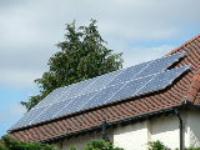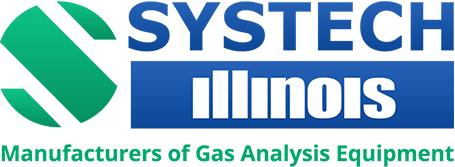 Add My Company
Add My Company
Sign In

Thin film solar cells
At the time of writing, c-Si PV solar cells are the most dominant type in the market by far, occupying over 80% of the market. However this position is likely to change soon with the advances being made with thin film solar cells, which form the remainder of the market. These newer cells are made from other types of semiconductors and are based on an amorphous rather than crystalline material, which is assembled in thin layers allowing it to be flexible. A good primer can be found here http://tinyurl.com/3u6bu9t on howstuffworks.com. There are at least three different common types in production, these being, amorphous Si (a-Si), Cadmium Teluride (CdTe), and Copper Indium Gallium deSelenide (CIGS). Mention should also be made at this juncture of dye sensitised solar cells (DSSC), which are also classified as thin film but are not PN junction based. These are referred to as photoelectrochemical cells, and were invented by Michael Grazel. As mentioned for c-Si cells, this type also needs exemplary environmental protection, with emphasis on water ingress through permeation.
While thin film cells are in general less efficient than the c-Si variety, being in the 11-13% region at present, they have some major advantages over their predecessors. Much larger single cells can be made, not being constrained by the size of a single crystal, at markedly lower cost, and their flexibility allows considerable diversity in mounting. It is possible to print the materials, which can be made into a form of inks, in layers onto wide continuous strips a metre or more wide. The resulting rolls can then be deployed in large solar collecting arrays and can even be used as an outer skin on buildings. Not surprisingly, given the volume of research into improving these thin film variants, their market share is expected to soar over the next few years.
Solar panel backsheets
Polymer film backsheets which are used for c-Si panels are often based on polyvinyl fluoride (PVF), which is frequently laminated with other materials for improved properties. The DuPont PVF material known as Tedlar is a favourite and is used to sandwich a layer of polyester film to form TPT or combined with EVA as TPE. Numerous alternative polymers are available offering trade-offs between performance/lifetime and cost. Related materials are available for use on thin film solar products, with perhaps more emphasis on performance because of the need to keep thickness down to maintain flexibility.
Measurement of water permeation
Clearly, the future for Solar PV electricity generation looks optimistic and importantly, a major growth area. It is also likely to be a growth market for the solar cell manufacturers, as well as the equipment and instrumentation companies to support the cell production. The ability to provide definitive water vapour transmission rate (WVTR) data for production backsheet materials on a routine QA basis, is key to a reliable PV Solar Cell product. Such WVTR measurement can be provided by the Systech Illinois 7000 water vapour permeation analyser, capable of measuring from as low as 0.002 g/m²/day.
For more information on Water vapour permeation measurement for PV Solar Cell Packaging talk to Systech illinois Ltd
Enquire Now
List your company on FindTheNeedle.

